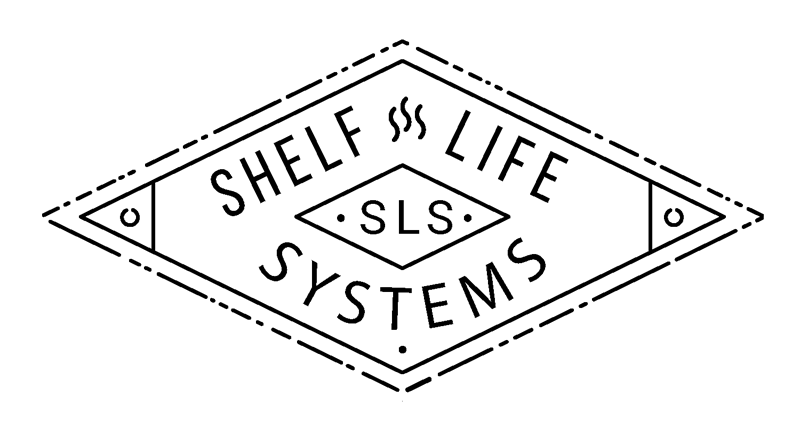As a brewer, maintaining the perfect balance between product safety and quality is key to ensuring your beverages meet high standards. One of the most critical decisions in this process is choosing the right heat treatment method. Among the options, HTST pasteurization stands out as a popular choice, but how does it compare to tunnel pasteurization? Let’s explore the advantages of HTST pasteurization, especially for brewers, and why it may be the better option for your production needs.
What is HTST Pasteurization? What is Tunnel Pasteurization?
HTST Pasteurization
HTST (High-Temperature Short-Time) pasteurization is a method that heats beverages to about 72°C (161°F) for 15–30 seconds. This brief yet effective process reduces harmful microbial content while preserving the beverage’s flavor, nutritional value, and, importantly for brewers, some beneficial bacteria such as yeast cultures. This makes HTST ideal for perishable beverages that rely on maintaining their unique characteristics, like beer and cider.
Tunnel Pasteurization
Tunnel pasteurization is a continuous pasteurization process used primarily after beer has been bottled or canned. In this method, the containers pass through a tunnel-like chamber where they are subjected to controlled heating and cooling stages, gradually bringing the liquid to a pasteurizing temperature before cooling it down. This ensures that harmful microorganisms are destroyed without compromising the product’s integrity. However, tunnel pasteurization is less energy-efficient than flash pasteurization and typically requires a larger upfront investment. It also demands significant space due to the size of the equipment needed for the process.
Key Differences Between HTST Pasteurization and Tunnel Pasteurization
- Process Duration: HTST pasteurization heats beverages quickly (usually in seconds) before packaging, while tunnel pasteurization treats already packaged products over a longer, controlled time period.
- Energy Efficiency: HTST pasteurization is more energy-efficient, using less heat for a shorter period, whereas tunnel pasteurization consumes more energy due to its gradual heating and cooling process.
- Investment and Space: HTST systems require less space and are more cost-effective, while tunnel pasteurization involves a larger financial investment and requires significant floor space for the equipment.
Advantages of HTST Pasteurization Over Tunnel Pasteurization
- Better for Perishable Beverages
HTST pasteurization is an excellent choice for highly perishable beverages such as beer, cider, milk, and juices. It effectively extends shelf life while preserving the essential qualities that make these beverages unique. For brewers, this means you can ensure your product’s safety without compromising the flavor or aroma that your customers love.
- Energy Efficient
HTST pasteurization is more energy efficient than tunnel pasteurization. The quick heating process uses less energy overall, making it a more sustainable options for breweries looking to reduce operational costs and environmental impact.
- Container Compatibility
Brewers often use glass bottles, cans, or plastic containers that may not withstand the high temperatures of tunnel pasteurization. HTST’s lower temperatures are gentler on a wider range of packaging materials, making it a more versatile and practical choice for your production line.
Common Uses of Pasteurization in Brewing and Beverage Industries
HTST pasteurization is widely used across the beverage industry, particularly for products where flavor and freshness are paramount:
- Beer: Pasteurization is critical in beer production to preserve its flavor integrity while ensuring safety. It strikes a balance between extending shelf life and retaining the natural, desired qualities of the brew.
- Cider: Similar to beer, cider benefits from HTST pasteurization as it preserves the fruity aromas and flavors while ensuring the beverage remains safe to consume.
- Juices: For natural juices, HTST pasteurization maintains both the nutritional content and the fresh taste of the fruits, which are key selling points for customers.
- Dairy Products: While less relevant for brewers, HTST is also a mainstay in dairy production, helping to keep milk and other dairy products fresh without affecting their natural nutritional value.
- Non-Alcoholic Beverages: HTST pasteurization is also used in non-alcoholic drinks such as kombucha and soda, where a delicate balance between safety and flavor retention is essential.
Though tunnel pasteurization plays an essential role in many industries. It’s also utilized in beer, cider, or juice projection but the most common application of tunnel pasteurization is commonly used for:
- Aluminum and Glass Bottle Filling: This method is commonly used by large commercial producers filling aluminum cans or glass bottles.
- Canned Food: Tunnel pasteurization ensures the safety of canned foods, allowing for extended storage without refrigeration.
- Carbonated Beverages: This technique maintains carbonation levels and ensures safety in carbonated drinks like soft drinks and sparkling waters.
Take Your Brewing to the Next Level with HTST Pasteurization
For brewers, HTST pasteurization provides the ideal balance of safety, quality, and shelf life extension. Unlike tunnel pasteurization, which can be cumbersome, expensive, and not agile enough for smaller operations. HTST is the best choice, as it preserves the qualities that make your product stand out while keeping it safe for consumption.
If you’re looking for a way to protect your product without compromising its natural characteristics, HTST pasteurization is the way to go. Visit our pasteurization page to explore how this method can benefit your brewing process and ensure that your customers continue to enjoy the fresh, flavorful beverages they’ve come to expect.
